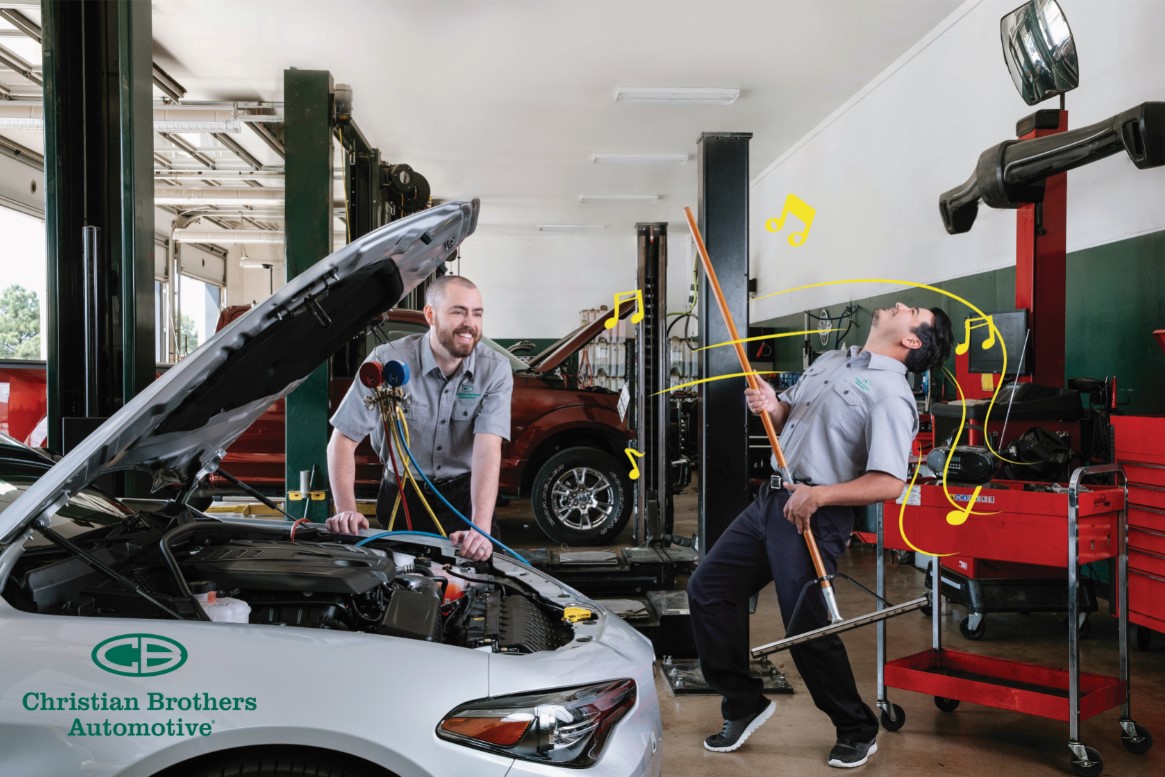
The transmission is a cornerstone of automobile functionality, accountable for transferring power from the engine to the wheels. That's why a comprehensive transmission check is important for identifying and resolving troubles early.
Identifying Transmission Troubles. Prior to diving right into the diagnostic procedure, it's important to understand typical indicators of transmission troubles, including:
Slipping equipments, causing unforeseen changes while driving. Postponed or harsh moving in between equipments. Noises like whining, humming, or grinding from below the lorry. Leaking transmission liquid, identifiable by red or brownish discolorations under the cars and truck. Dashboard caution lights, such as the "check engine" light. Motivate interest to these signs and symptoms can assist avoid minor issues from escalating into major failures.

Action In a Thorough Transmission Examine. Car History and Proprietor Responses. The process begins with the auto mechanic going over the automobile's track record with the proprietor. This consists of recognizing the symptoms, driving conditions, and maintenance practices. This initial step assists narrow down possible problems.
Aesthetic Inspection. Technicians start by checking the transmission system externally to detect noticeable troubles. They examine for:
Fluid leakages or damaged seals. Loosened or used transmission mounts. Corroded or harmed adapters and wires. Transmission Liquid Inspect. Transmission fluid is critical for smooth operation. Throughout the inspection, mechanics assess:

Fluid Degrees: Low fluid degrees can show leakages or inadequate upkeep. Fluid Condition: Dark, abrasive, or burnt-smelling fluid commonly indicates getting too hot or wear. Onboard Diagnostics. Most contemporary automobiles are furnished with an Onboard Diagnostics (OBD-II) system. Specialists connect a scanner to retrieve mistake codes saved by the car's computer. These codes provide hints regarding breakdowns, such as sensing unit failures, solenoid problems, or electrical faults.
Practice Run. A practice run permits the specialist to experience the transmission's efficiency firsthand. They assess:
Smoothness of equipment changes. Engine reaction throughout acceleration and deceleration. Any unusual sounds, resonances, or hold-ups throughout operation. Mechanical Testing. For issues not apparent through aesthetic checks or road tests, technicians may carry out innovative tests, such as:
Pressure Testing: Steps hydraulic stress in the transmission to recognize clogs or vulnerable points. Transmission Pan Removal: Removing the pan to examine for particles, such as steel shavings, which can indicate inner damage. Electric System Evaluation. Modern transmissions often depend on digital elements like solenoids and sensors. Technicians examine these systems to make sure correct communication in between the vehicle and the transmission's computer system.
Post-Diagnosis Record and Fixes. As soon as the diagnostics are full, the professional prepares a record detailing the findings. Depending upon the intensity of the issues, suggested repairs might include:
Replacing or covering off transmission fluid. Fixing or changing damaged seals, solenoids, or other components. In serious situations, doing a restore or substitute of the whole transmission system. Safety Nets for Transmission Wellness. Arrange normal transmission liquid adjustments according to the producer's recommendations. Stay clear of lugging loads beyond your vehicle's ability. Drive meticulously to decrease wear on the transmission system. Schedule routine upkeep to detect problems early. Conclusion. A thorough look for transmission troubles is a careful process designed to identify and attend to problems properly. By recognizing what's involved, vehicle proprietors can value the value of specialist diagnostics. Regular upkeep and prompt interest to caution indications can maintain your transmission running smoothly, guaranteeing a risk-free and trustworthy driving experience.
Navigation
Home
Latest Posts
Drive Kollective: Revolutionizing the Way You Drive
Published Dec 28, 24
1 min read
Your Premier GMC Dealer in Morris
Published Dec 28, 24
1 min read
Uncover the Best Volkswagen Lease Offers
Published Dec 28, 24
2 min read